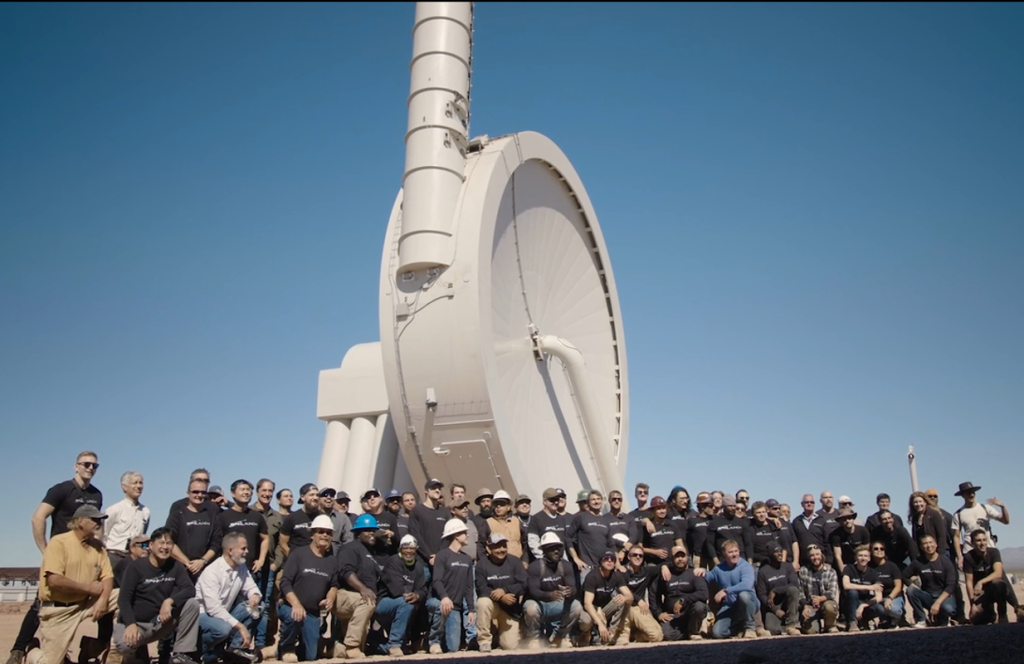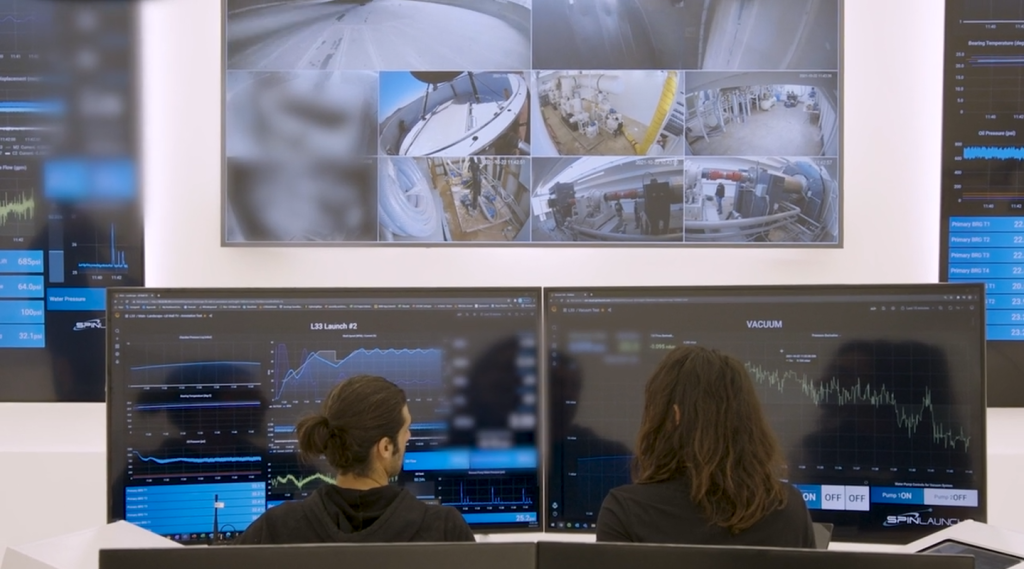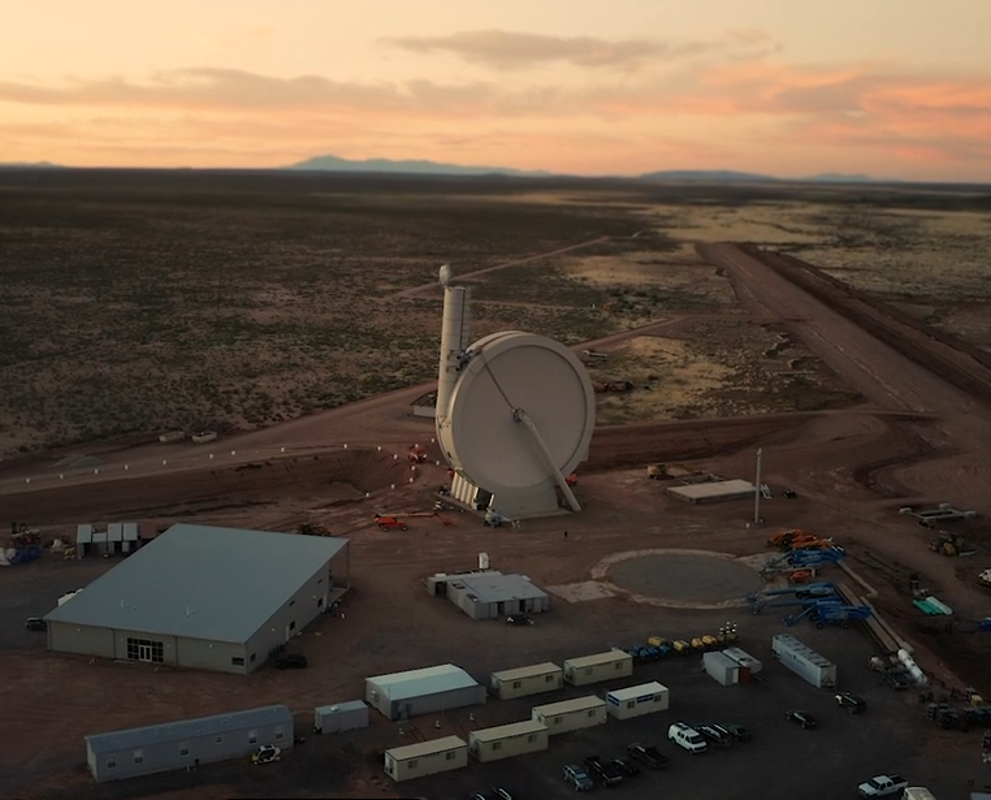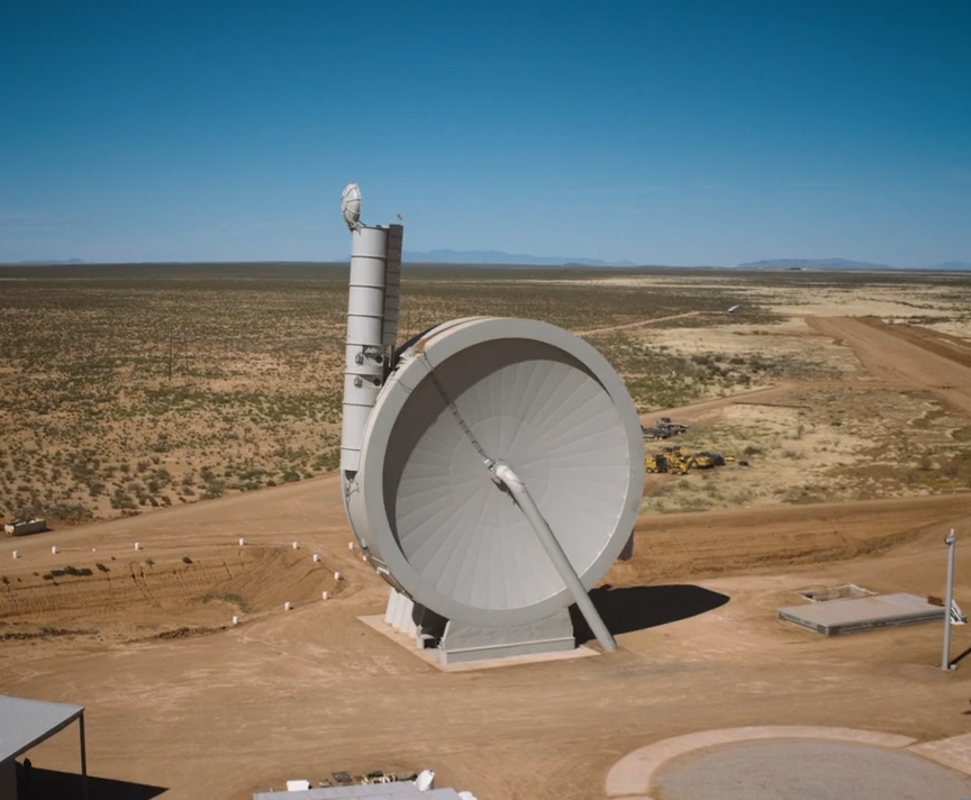As SpaceX expands its Starlink satellite constellation, finding more efficient and sustainable launch methods is paramount. SpinLaunch, a company that has recently conducted successful tests, offers a promising alternative to traditional rocket launches. Currently, SpaceX relies on these conventional launches, which are effective but costly, environmentally taxing, and logistically complex. Rockets contribute significantly to space debris and require large amounts of propellant, posing sustainability issues as satellite constellations grow.

SpinLaunch employs a kinetic energy-based system to launch satellites into space. This method uses a massive centrifugal force accelerator to propel satellites at high speeds without the extensive use of rocket fuel. The technology involves accelerating the satellite to high speeds within a vacuum-sealed centrifuge, and once the required velocity is reached, the satellite is released, soaring skyward. It then uses a small onboard propulsion system to correct its trajectory and enter its designated orbit.

The successful suborbital test flights of SpinLaunch have demonstrated the viability of this technology, showing that satellites can withstand the intense initial acceleration and deploy effectively. This method could significantly reduce launch costs for SpaceX’s Starlink by minimizing the need for rocket fuel and leveraging reusable infrastructure.

Additionally, it drastically reduces the carbon footprint associated with satellite launches, aligning with global sustainability goals. The ability to launch more frequently and reliably could also accelerate the deployment of the Starlink constellation or potentially a competitor, enhancing global internet coverage.

However, adopting SpinLaunch technology for orbital flights is not without challenges. Scaling the technology to handle orbital velocities and larger payloads requires further development and investment. Ensuring that this new launch method meets rigorous safety and regulatory standards is essential before it can be fully integrated into commercial operations. Building trust with stakeholders and proving the long-term reliability of SpinLaunch are crucial steps toward its commercial adoption.

The integration of SpinLaunch into Starlink’s deployment strategy could revolutionize satellite launches, making them more frequent, cost-effective, and environmentally friendly. As SpinLaunch moves towards orbital launch capabilities, its role in supporting large satellite constellations like Starlink could become a cornerstone of new space deployment strategies.

This technology not only promises reduced costs and environmental impacts but also a faster pathway to achieving global connectivity. As the technology matures, it could very well become a key player in the future of space exploration and satellite deployment.





